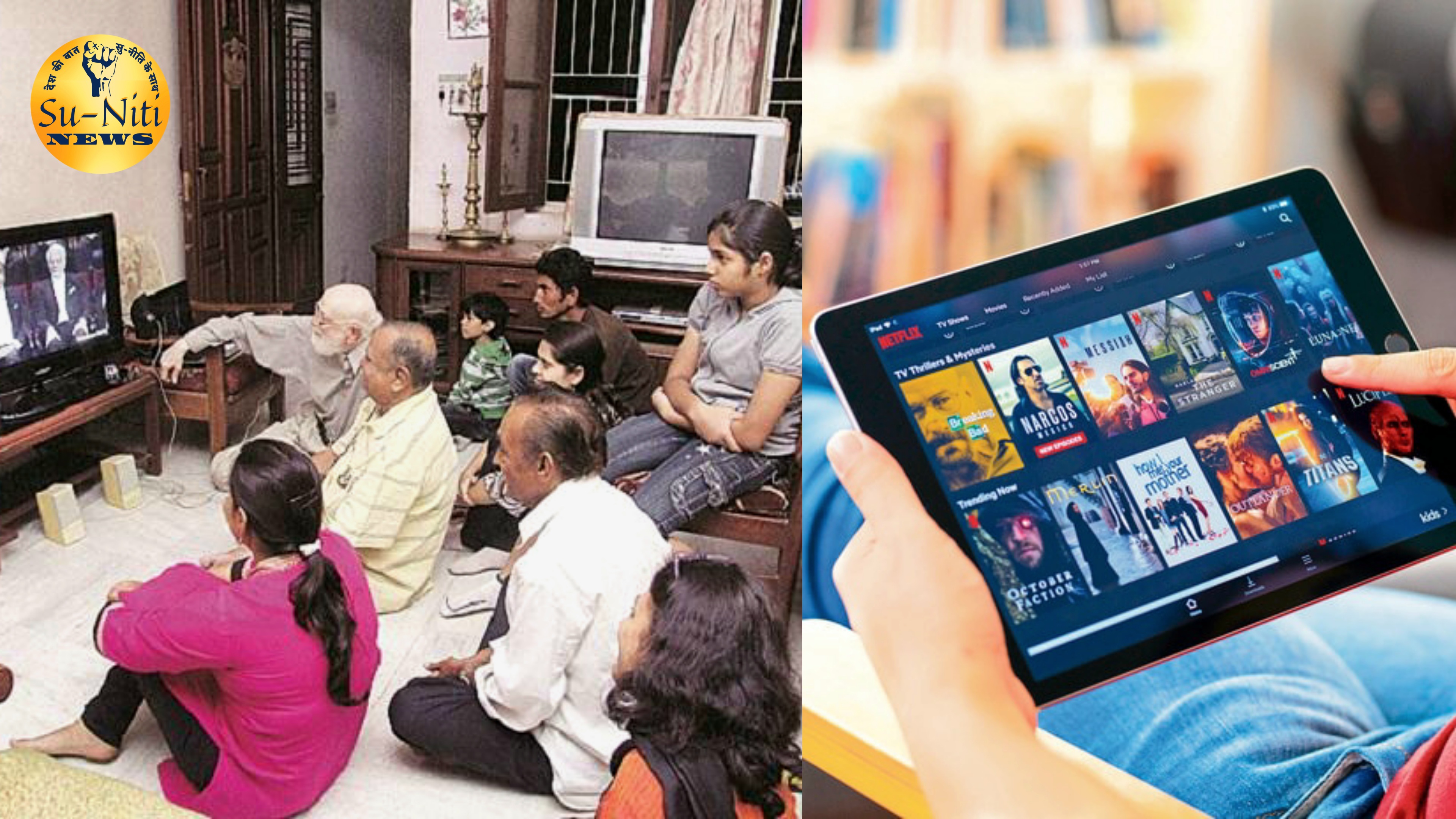Like technology, people around the world are rapidly evolving. By evolving, I mean changes in behavior, lifestyle, professional life, and most importantly, how people spend their leisure time. Since I hail from the incredible Bharat, I'd specifically like to talk about the people of my country.
But do we really get the leisure time we need? I guess not! Nobody creates that for us; we have to make time for it ourselves, even amidst our busy schedules or while commuting to work. However there's an exception for those struggling to make ends meet.
In this digital age of 'corporate majdoori,' the metaverse, AI, and other jargons I am unaware of, people hardly get to spend quality time with their loved ones. Shockingly, according to most surveys, screen time or watch time on internet-connected devices has increased multifold compared to 7 or 8 years ago. This addiction is not just among kids aged 5-17, but it is also observed among most adults.
Interestingly, Kantar Media's site quotes: "Devices don’t watch content and advertising; people do!" Content consumption is undoubtedly necessary, especially for the revenue generation of OTT, TV channels, and Video on Demand (VOD) platforms. But the constant increase in content consumption is fueling loneliness, loss of connection with loved ones and family, and disconnection from nature.
If we compare the quality and quantity of content that is being produced and aired today with that of late 80s and 90s or even early and mid 2000s, the improvement has significantly gone up. While not suggesting that today's shows are exceptionally good, there have been numerous TV shows in the past that were truly groundbreaking like Buniyaad, Samandar, Yug, Sanjivani, Sarabhai vs Sarabhai, Jassi Jaisi Koi Nahi, among others.
However, despite shows like Kasauti Zindagi Kay, Kahani Ghar Ghar Kii, Kyunki Saas Bhi Kabhi Bahu Thi, Kahiin to Hoga, among others, becoming monotonous and boring over time, their unique selling proposition (USP) was their strong family orientation. They had the power to bring together all family members and spark bittersweet conversations. While these shows may not have been exceptionally innovative, their ability to foster family bonding through shared viewing experiences was undeniable.
Individual screen times have surged to almost 80 to 85 percent, while shared family screen times have become limited to only sports matches or important events. In today's world, people often struggle to understand their own family members and rarely share their inner thoughts ('mann ki baat') or feelings, except for social media, which has emerged as a major platform for promoting self-expression, especially among the youth.
Personalization has become a top priority for individuals around the world, with many aspects and layers involved in content consumption personalization. A notable fact is that people still watch TV, and viewership numbers remain quite high according to BARC ratings, whether through Connected TV or cable operators. It would also be unjust to overlook all the noteworthy content being created in this era, that are available on the streaming platforms.
In conclusion, while "me-time" is important, fostering genuine relationships and familial bonds should be a top priority and a non-negotiable aspect to enrich our lives. It's essential to resist the lure of digital engagements and prioritize meaningful human connections that contribute to our overall well-being.







0 Comments